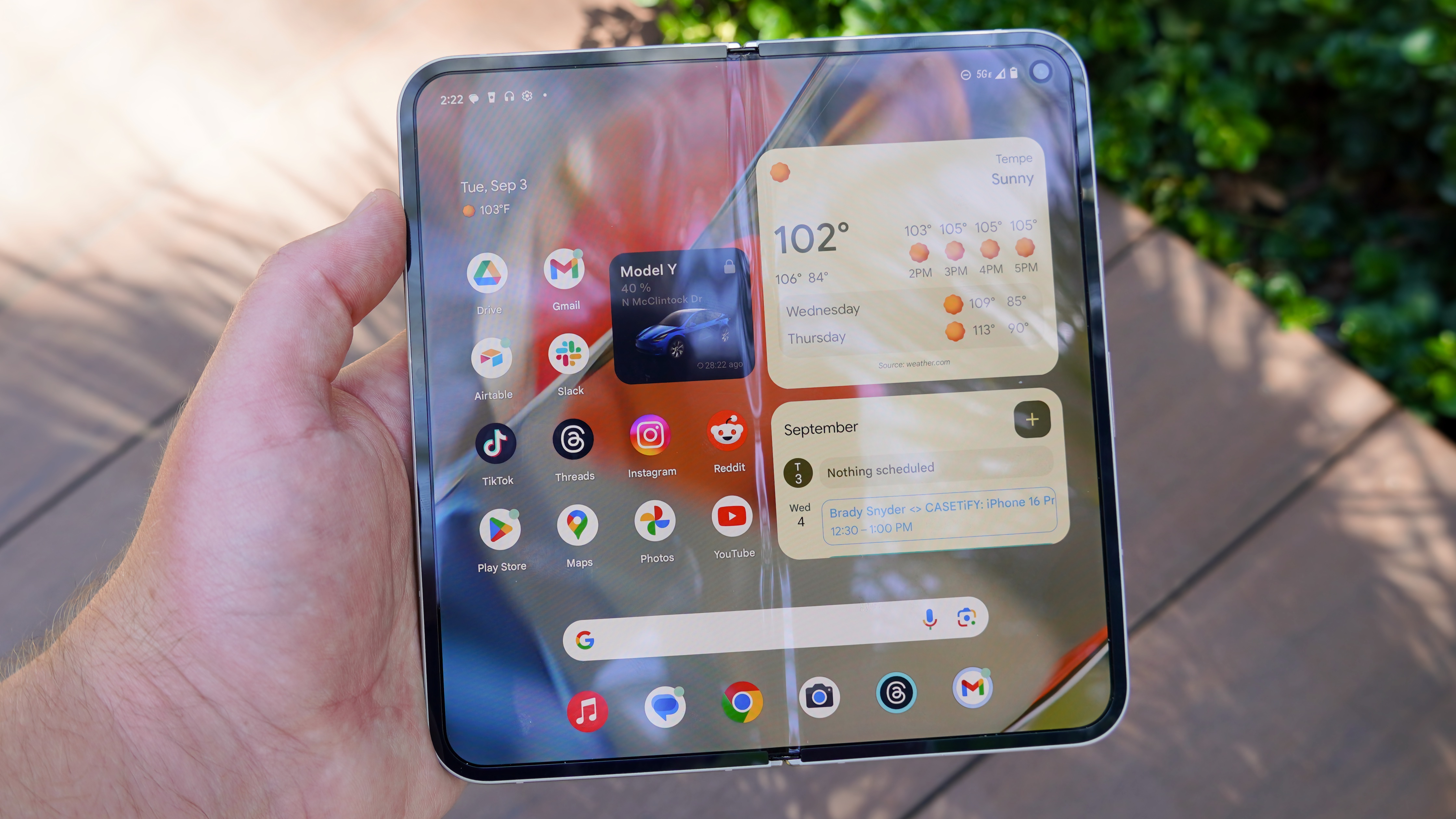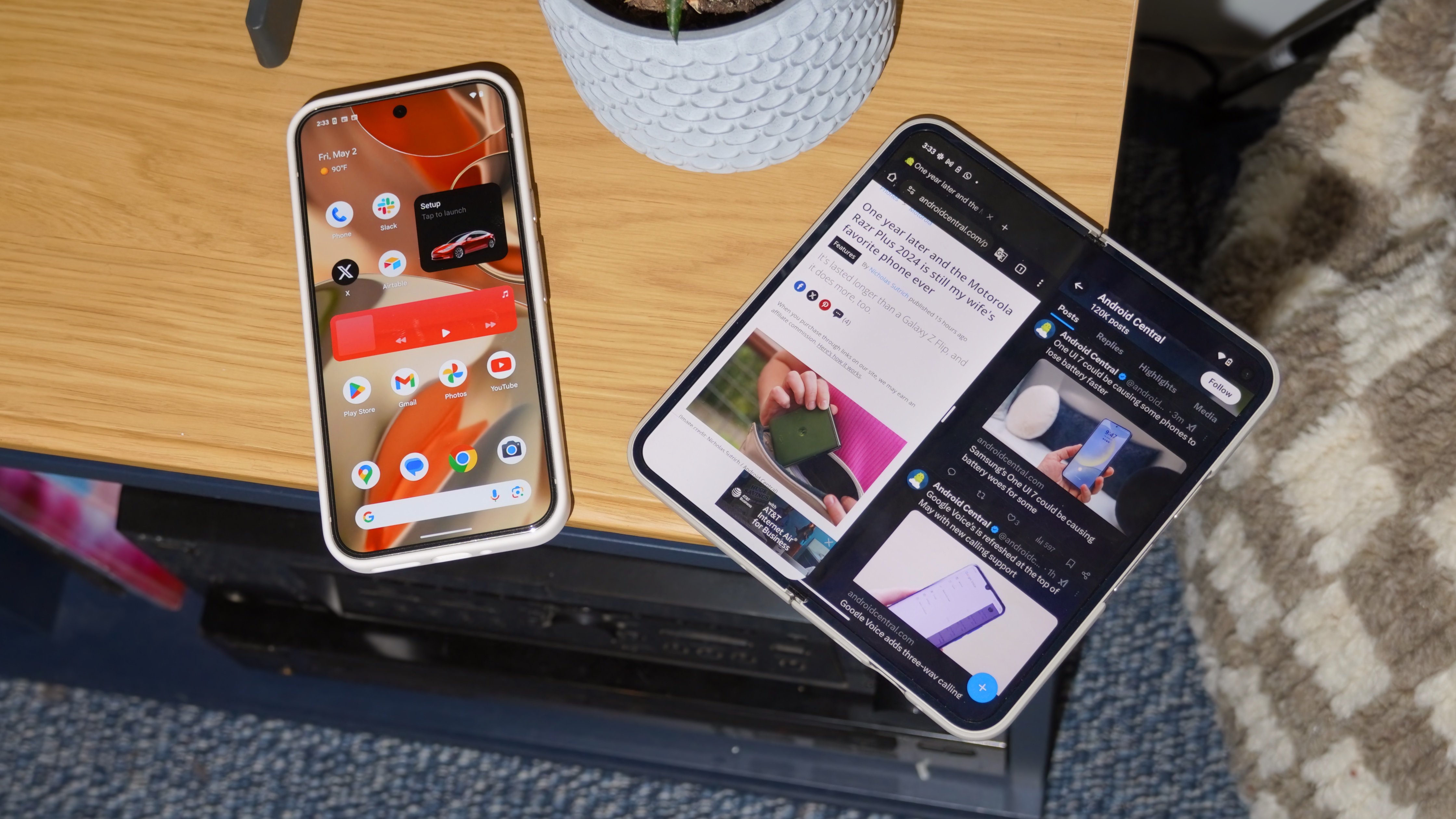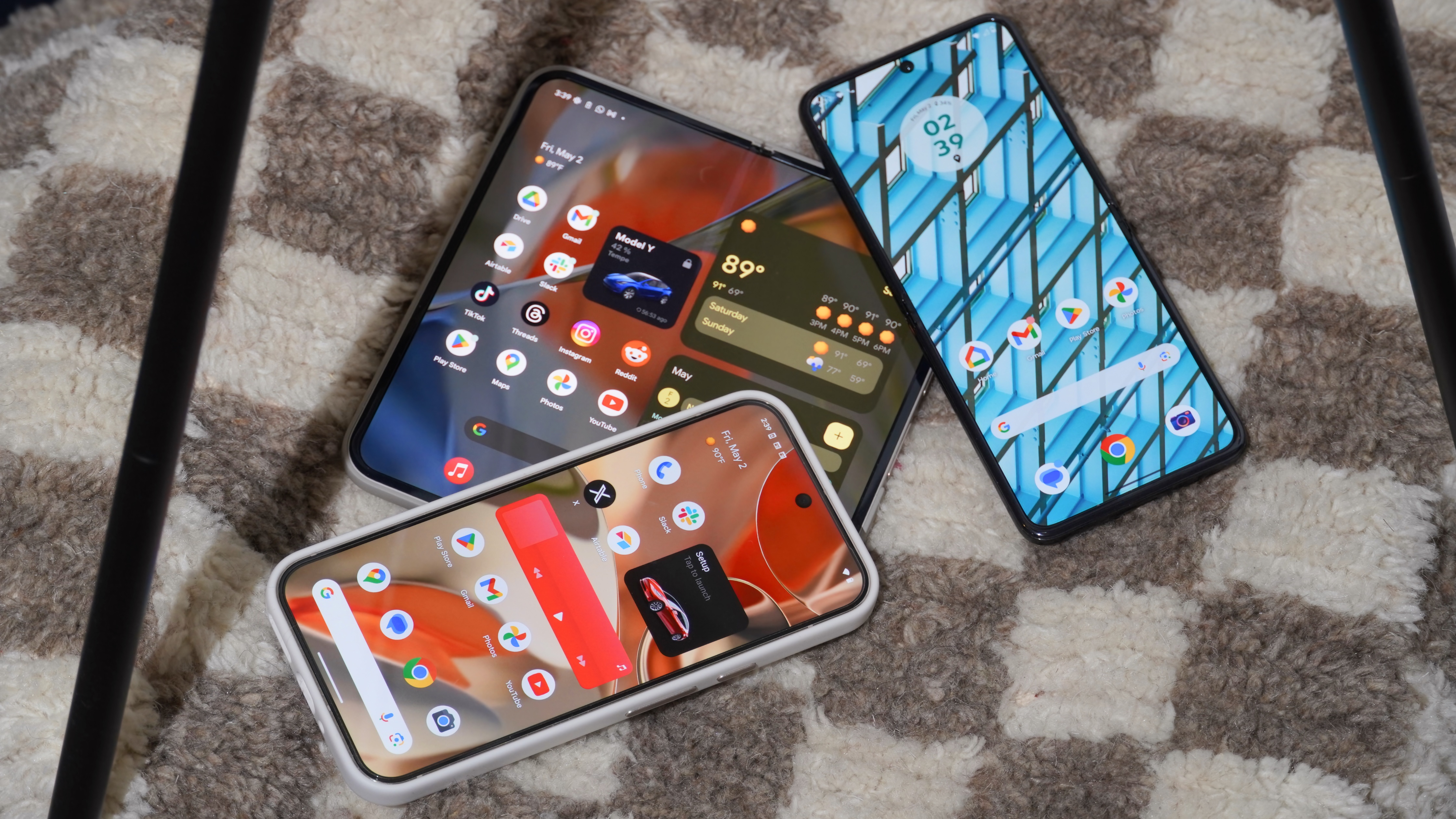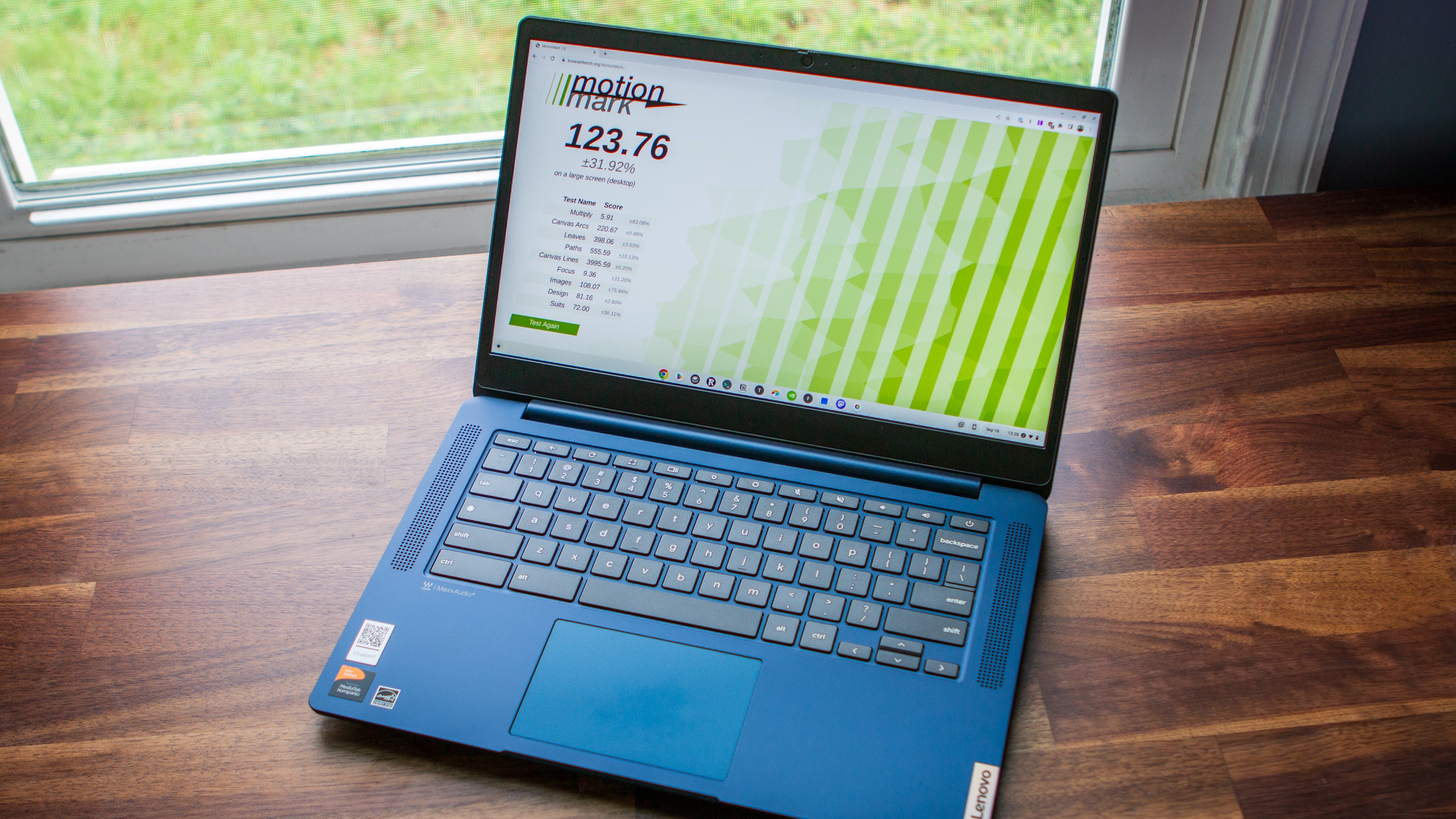Why I'm ditching big foldables after daily driving the latest from Samsung and Google
I used the Pixel 9 Pro Fold and Galaxy Z Fold 6 for months, but I just don't like the form factor.

Foldable phones still come with a cool factor, even though they've become a staple of the Android smartphone world. It's easy to look at book-style foldables, like the Oppo Find N5, Samsung Galaxy Z Fold 6, and Google Pixel 9 Pro Fold, as the premium option, with clamshell foldables serving as the more affordable entry into the market. When I first got into the foldable space, that's exactly what I thought.
My first purchase was the Samsung Galaxy Z Flip 3, and I quickly upgraded to the Galaxy Z Fold 4 as soon as I could afford it. Bigger must be better, and the more expensive one must be the best one, right? A few years later, after spending extended time with the Pixel 9 Pro Fold and Galaxy Z Fold 6 in my pocket, I can't believe how wrong I was.

No matter how much I want to love having a giant foldable in my pocket, I just don't end up using it. The cover screen gets used about 90% of the time, and the 10% that I use the large main screen ends up feeling like a chore. Neither option is as ergonomically sound as, say, using a clamshell foldable or a normal flagship.
All these experiences added up over years testing foldables. Eventually, they came to a head when I took my main SIM out of the Pixel 9 Pro Fold (my then-daily driver) to test the Nothing Phone 3a Pro and the Pixel 9a. After a few weeks without the Pixel 9 Pro Fold, I simply realized I didn't want to go back. Here's why.
Everything book-style foldables get wrong (and right)

It's objectively true that book-style foldables offer more screen real estate than typical flagships and clamshells. However, whether that extra space will be useful to you will depend on what exactly you plan to do with it. I hoped to use my assortment of large foldables — including two generations each of Galaxy Z Fold and Pixel Fold models — for superior media consumption. In theory, everything from movies to YouTube videos should pop.
This led to my biggest let-down of using foldables. Due to the widescreen nature of most long-form video, using a Pixel 9 Pro Fold or Galaxy Z Fold 6 didn't make my content that much larger, as you can see in the photo above. The average video on a Pixel 9 Pro Fold is just marginally bigger than what you'd get from a standard Pixel 9 Pro XL. Of course, you can crop in, but you'll lose a massive chunk of content — it becomes borderline unenjoyable.
So, the big-screen foldables weren't the content-consumption powerhouses I had hoped. What about other use cases that should benefit from a larger screen, like productivity and gaming? They were similarly underwhelming.
Get the latest news from Android Central, your trusted companion in the world of Android
Both the Pixel 9 Pro Fold and the Galaxy Z Fold 6 suffered from odd aspect ratios and poor user interfaces, and typing is specifically difficult on the Pixel's wide form factor. Productivity apps aren't truly tapping into the big screens on large foldables, and Chrome still refuses to load many websites in true desktop mode. You could make the case that it should do this by default when the main screen is opened, like how it works on an iPad mini.

I will say that the excellent productivity feature on both the Pixel 9 Pro Fold and the Galaxy Z Fold 6 is opening two apps in split-screen mode. You can do this on many Android phones, but doing so on a large foldable with the main screen open effectively gives you two separate windows the size of the cover screen. It's amazing for times when you need to view multiple screens or apps at the same time to work.
That said, gaming was largely disappointing for me for a few reasons. On a Pixel 9 Pro Fold, it's clear that the Tensor G4 chip inside is holding the device back. Games like Fortnite, which can run on something as lowly as a Nintendo Switch, struggle to hit decent frame rates with subpar graphics. Meanwhile, the Galaxy Z Fold 6 is a much better performer, but still requires a separate controller to be great.
Not for lack of trying, I can't find a "killer" feature" of big foldables that makes me want to carry one daily.
Book foldables are jacks of all trades, master of none

It's clear that book-style foldables, like the Galaxy Z Fold 6 and Pixel 9 Pro Fold, are what we call a "jack of all trades." They can be a normal phone when you need them to be, and a tablet when you want a bigger screen. They make calls, handle spreadsheets, take photos, and can even play some games.
However, they're not excellent at any of those things. After using both for months at a time, I'm convinced the Galaxy Z Fold 6 and Pixel 9 Pro Fold — and big foldables in general — are jacks of all trades, but masters of none.
I've tried to make large foldables fit into my life and workflow for three full years, starting on the Samsung Galaxy Z Fold 4's release date. Now, I'm certain that I would rather have the right device for the task at hand than one that tries to do it all in a way that's just fine.
You can buy a new Google Pixel 9, a new Pixel Tablet, and a new Steam Deck for the same price or less than a Galaxy Z Fold 6 or Pixel 9 Pro Fold at retail, and I'd absolutely choose those three excellent products over a foldable. While I might give clamshell foldables another shot in the near future, I think it's safe to say that I'm done using a book-style foldable as my daily driver.

Brady is a tech journalist for Android Central, with a focus on news, phones, tablets, audio, wearables, and software. He has spent the last three years reporting and commenting on all things related to consumer technology for various publications. Brady graduated from St. John's University with a bachelor's degree in journalism. His work has been published in XDA, Android Police, Tech Advisor, iMore, Screen Rant, and Android Headlines. When he isn't experimenting with the latest tech, you can find Brady running or watching Big East basketball.
You must confirm your public display name before commenting
Please logout and then login again, you will then be prompted to enter your display name.
